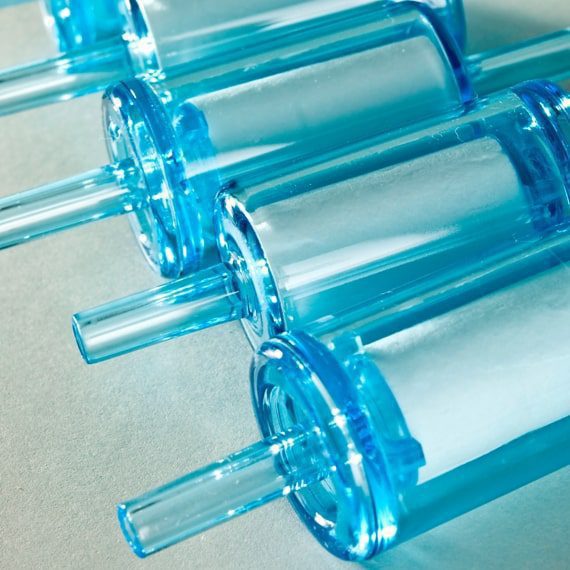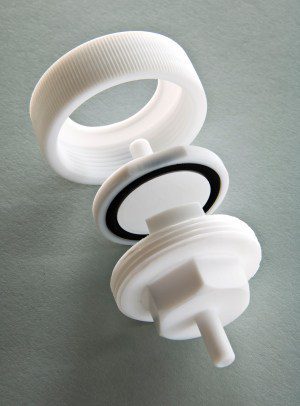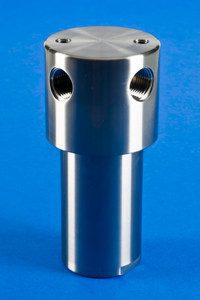How Filter Elements Work – Part 2
We reconvene our two part guide on how Filter Elements work by explaining the science behind their success.
Here we explain how filter elements that separate solid particles and liquid aerosols from a gas use a combination of different physical principles to help get the gas as pure as possible.
Filtration makes use of –
Brownian Motion
Forces of Inertia
Direct interception
Sieving
Most Penetrating Particle
The “most penetrating particle” is the most difficult to remove and will fall in the 0.1 to 0.3 micron range. The filter has to be designed so the fibres are near enough together so the particle will pass close to the fibre and be attached by the Van der Waals forces.
Brownian Motion
Brownian motion (diffusion) is the random movement of the particle or aerosol in the gas stream caused by the collision with atoms of the gas on a molecular scale. Here the particle can be seen to collide with the fibre as it moves freely in the gas stream.
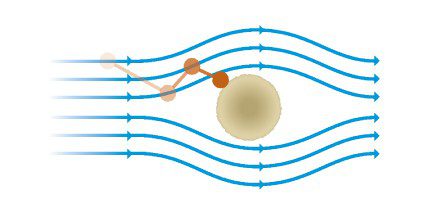
The smaller the particle (less than 0.1 micron) the higher the chance that this particle will collide with a filter element fibre and thus be filtered from the gas stream. Filter elements making use of Brownian motion achieve a better filtration performance where the smallest particle sizes to be separated are concerned.
Inertia
Particles larger than about 0.3 micron do not to follow the air current through the fibres because of their inertia. These particles are caught as they touch the fibres and are filtered out. During flow around the fibre, the line of gas flow moves in a curve and the heavy particle, caused by its inertia at higher speeds, proceeds in a straight line so that it will collide with the fibre.
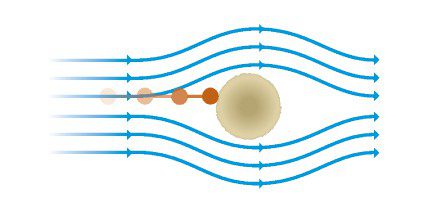
Direct Interception
Particles can follow a gas flow line and still be picked up without inertia effect if the flow takes place close to a fibre. For example, if a particle with a diameter of 1 micron flows in a gas stream past a fibre at a distance of <0.5 micron, this particle will touch the fibre and be removed.
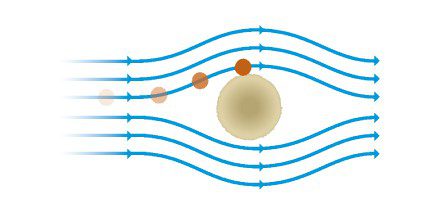
Sieving
Particles will be larger than the pores between the fibres and be trapped between them.
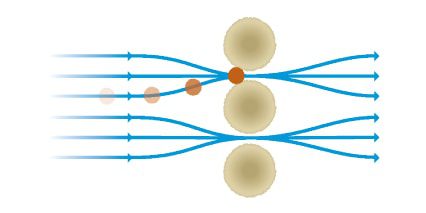
More Information?
Do you need more information or If you would like us to cover any other types of filter elements? Just let us know if you have any questions. Contact us on +44 (0)1634 724224 or email us at [email protected]

